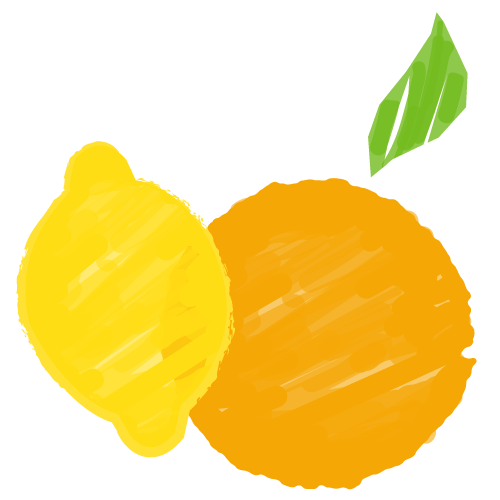Onions
Taste So Good, They'll Make You Cry!
Onions not only provide flavor, they also provide important nutrients and health-promoting phytochemicals. High in vitamin C, onions are a good source of dietary fiber, and folic acid. They also contain calcium, iron, and have a high protein quality (ratio of mg amino acid/gram protein). Onions are low in sodium and contain no fat.
Onions vary in color, flavor, time of year harvested, and size. These differences make onions very versatile.
Yellow Onions are full-flavored and are a reliable standby for cooking almost anything. Yellow onions turn a rich, dark brown when cooked and give French Onion Soup its tangy sweet flavor.
Red Onions, with their wonderful color, are a good choice for lots of fresh uses or for grilling, charbroiling, and roasting.
White Onions are often used in prepared salads, white sauces, and is the traditional onion for classic Mexican cuisine. They have a golden color and sweet flavor when sautéed.
Nutrition Information
1 Cup of Cooked Onion without Salt (210 grams)
Total Carbs: 21.3 grams - 7%
Total Fat: 3.3 grams
Protein: 2.9 grams - 6%
Vitamins and Minerals
Vitamin A: 0%
Vitamin C: 18%
Vitamin K: 1%
Calcium: 5%
Magnesium: 6%
Potassium: 10%
Manganese: 16%
History
It is presumed our predecessors discovered and started eating wild onions very early AE long before farming or even writing was invented. Very likely, this humble vegetable was a staple in the prehistoric diet.
Most researchers agree the onion has been cultivated for 5000 years or more. Since onions grew wild in various regions, they were probably consumed for thousands of years and domesticated simultaneously all over the world. Onions may be one of the earliest cultivated crops because they were less perishable than other foods of the time, were transportable, were easy to grow, and could be grown in a variety of soils and climates. In addition, the onion was useful for sustaining human life. Onions prevented thirst and could be dried and preserved for later consumption when food might be scarce. While the place and time of the onion's origin is still a mystery, many documents from very early times describe its importance as a food and its use in art, medicine, and mummification.
Additional Nutritional Information
Onions contain quercetin, a flavonoid (one category of antioxidant compounds). Antioxidants are compounds that help delay or slow the oxidative damage to cells and tissue of the body. Studies have indicated that quercetin helps to eliminate free radicals in the body, to inhibit low-density lipoprotein oxidation (an important reaction in the atherosclerosis and coronary heart disease), to protect and regenerate vitamin E (a powerful antioxidant), and to inactivate the harmful effects of chelate metal ions.
Onion Facts and Tips
What compound in onions brings tears to your eyes?
Sulfuric compounds. To cut down on the crying, chill the onion and cut into the root end of the onion last.
How many pounds of fresh and storage type onions does the average American eat per year? 20 pounds.
How many truckloads of onions are consumed each day?
Over 450 semi-truck loads.
What country boasts the highest per capita consumption of onions?
Libya, with 66.8 pounds of onions consumed per person each year.
A single serving of onion contains how many calories?
45 calories.
What are the three colors of onions sold in most grocery stores?
Yellow, red, and white.
How many acres of onions are planted in the United States each year?
On average, 125,000 acres (excluding onions for dehydration processing)

